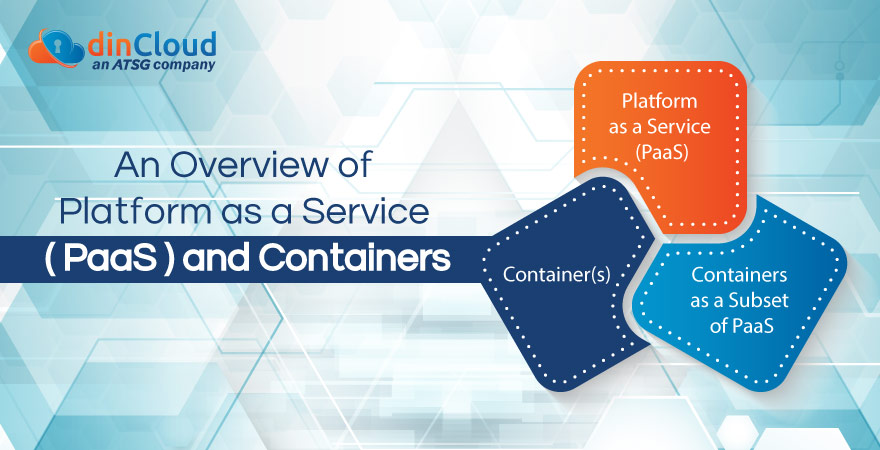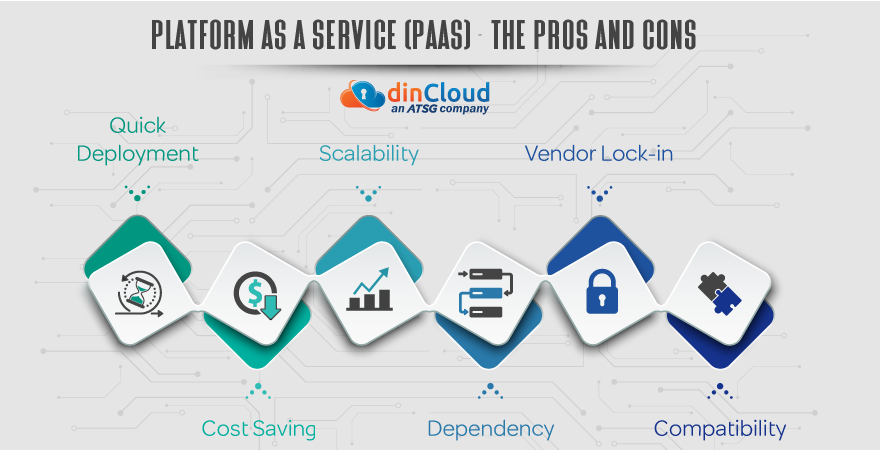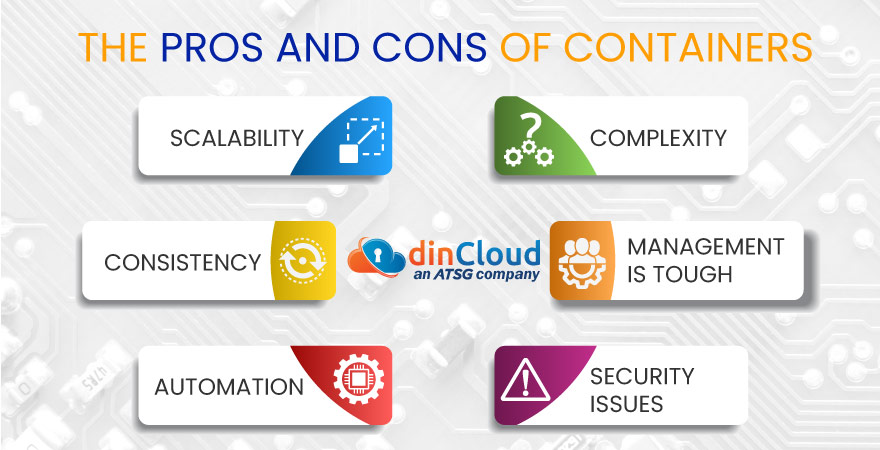Enterprise operations are being performed on a day to day basis by purpose built applications. The reason for such a customized approach is that enterprise operations are growing in complexity with every passing day.
Still, present day IT and operations leaders have a host of options out there to choose from. In this post, we will cover two emerging, and rapidly growing application deployment strategies or platforms, namely Platform as a Service (PaaS) and Containers.

However, let us begin by briefly defining each, and outlining the distinguishable characteristics of each application deployment model.
Platform as a Service (PaaS)
As the name suggests, Platform as a Service (PaaS) is offered over the Cloud. It is a suite of cloud based development tools and environment, which the deploying enterprises can avail “as a Service” to support their different applications.
Related: Highlights of the Flexera 2022 State of the Cloud Report
The good thing about PaaS is that the service provider handles the software tool deployments, management and updating of the development environment itself. This leaves the deploying enterprise with only the actual development and deployment
Container(s)
A container is also a virtualized environment that is capable of running code, mostly in the form of smaller, interlinked apps or modular software components. The edge which containers offer the deploying enterprise is a common underlying Operating System (OS).
Containers as a Subset of PaaS
To better understand the relationship between PaaS and Containers, you need to visualize containers as a subset of PaaS environments. Why we say this is because containers can be deployed within PaaS deployments, to run small apps that perform different functions.
These smaller functions, applications or processes, so to say, are made possible by containerization. This is very much possible to achieve within PaaS environments, due to the underlying capability of containers to use a shared Operating System (OS).
In layman terms, this makes containers a very nimble and easily deployable virtual entity within large enterprise applications, which are often created, run and managed over Platform as a Service (PaaS) environments.
Related: GPU Cloud Computing Market Set for Growth b/w 2022 & 2028
Another capability which containers have up their sleeves is their instant scalability, and the ability to be replicated if and when the need arises. These capabilities make containers the “go to choice” for PaaS environments, especially in the context of enterprise applications.
Now that we have laid an outline of both PaaS and Containers, let us discuss some of the pros and cons of each, making it easier for enterprises to choose the optimal alternative for their specific use case.
Platform as a Service (PaaS) – The Pros and Cons

Quick Deployment:-
As PaaS is a readily available option, an enterprise can avail it in a matter of few minutes.
Cost Saving:-
The deploying enterprise does not have to procure, or bear the expenses of the underlying hardware resources for PaaS.
Scalability:-
PaaS powered infrastructure or resources can scale up or down on the fly, as and when the enterprise needs change.
Now, let us jump to the disadvantages or challenges associated with PaaS environments:-
Dependency:-
The level of capabilities and the extent of services is dependent on the PaaS provider, thus increasing the level of dependency on the PaaS provider.
Vendor Lock-in:-
This concern stems from the dependency we have discussed above, as migrating to another PaaS provider could be tough, complex and costly.
Compatibility:-
Although not a given, but it is quite possible that compatibility issues may arise with other, already deployed platforms and development tools that are already in use.
Related: Desktop Virtualization Market Set to Grow at 6.5% till the Year 2027
The Pros and Cons of Containers

Now, let us start with the plus points that containers have to offer the enterprises that deploy them:-
Scalability:-
Due to their virtualized nature, containers can be scaled up or down on the fly, with an added benefit of interoperability, due to the shared underlying OS.
Related: Why are Small Businesses Investing Heavily in the Public Cloud?
Consistency:-
A container image encapsulates all the underlying dependencies and components needed to run the desired code, making them a resilient choice for applications.
Automation:-
Now, there are very effective automation tools available for containerized environments, such as Kubernetes, where automation does most of the heavy lifting.
These are some downsides of containers, which deploying enterprises should also duly consider to avoid implementation roadblocks down the road.
Complexity:-
Due to a large number of dependencies within a containerized environment, organizing and packaging containers can be a complex undertaking.
Management is Tough:-
In data center environments, the sheer number and volume of containers can become overwhelming, making their management and monitoring very tough.
Security Issues:-
Due to a shared underlying operating system (OS), any vulnerability or fault in the OS can jeopardize the functionality of the entire deployment.
Related: The Transformation of Healthcare with Cloud Computing, AI and IoT
Conclusion
As enterprise operations and workloads grow in complexity, we will see the distinction between Containers and PaaS deployments fade away. At the end of the day, the decision to deploy either, or even both, will depend on the unique use case at hand.
If you are an enterprise that is on the lookout for reducing its on-premise IT hardware footprint, then dinCloud’s Hosted Virtual solutions can prove a real value proposition, both in the short and long term.


